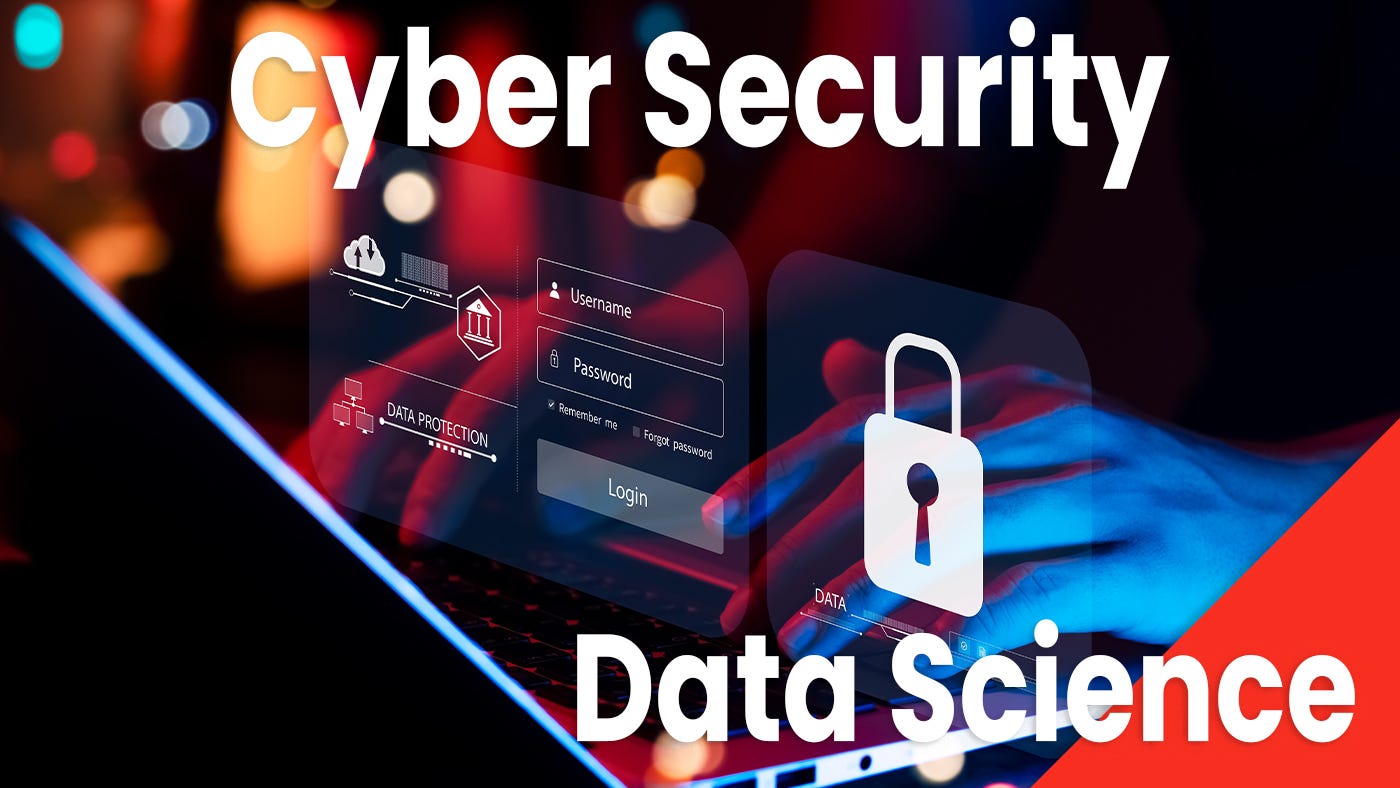Introduction
In an era marked by rapid technological advancements, understanding and managing critical technology elements (CTEs) is essential for both businesses and governments. CTEs are components, practices, or areas of technology that are deemed essential for the functioning, competitiveness, and security of an organization or nation.
This article delves into the significance, identification, and management of CTEs in today’s digital world. If you really want to learn about the critical technology elements then this article is very important for you.
Significance of Critical Technology Elements
Economic and Strategic Importance
CTEs are pivotal in driving economic growth, innovation, and strategic advantage. Industries ranging from telecommunications to healthcare rely on certain technologies to maintain their competitive edge. Governments, on the other hand, view CTEs as crucial for national security, economic stability, and geopolitical influence.
Challenges and Vulnerabilities
The reliance on CTEs comes with inherent risks. These include technological dependencies, cybersecurity threats, and potential supply chain disruptions. The recent global chip shortage exemplified how disruptions in a single CTE can have far-reaching consequences across multiple industries.
Identification of Critical Technology Elements
Key Characteristics
To identify CTEs, organizations should consider various factors including:
- Technological Uniqueness: Technologies that are rare, hard to replicate, or have no substitutes.
- Impact on Core Functions: Technologies crucial for the organization’s primary operations.
- Integration and Interdependence: Technologies that are deeply integrated and form the backbone of various processes.
Assessment Methods
Organizations often employ strategic assessments and forecasting methods to identify CTEs. Tools such as SWOT analysis (Strengths, Weaknesses, Opportunities, Threats) and PESTLE analysis (Political, Economic, Social, Technological, Legal, Environmental) can be instrumental in this process.
Management of Critical Technology Elements
Risk Mitigation
Managing CTEs involves assessing and mitigating risks associated with these technologies. This can be achieved through diversifying suppliers, investing in cybersecurity, and implementing robust disaster recovery plans.
Innovation and Development
Continuous investment in research and development (R&D) is crucial to stay ahead in the technological race. Collaborations with academic institutions, startups, and research organizations can foster innovation in CTEs.
Regulatory and Policy Framework
Governments play a critical role in shaping the landscape of CTEs through regulations and policies. Policies focusing on research funding, intellectual property rights, and international trade can significantly impact the development and accessibility of CTEs.
Navigating the Complexities of Critical Technology Elements: A Deeper Dive
In an increasingly interconnected and technology-dependent world, the concept of Critical Technology Elements (CTEs) is becoming more complex and pivotal. This article aims to provide a more detailed understanding of CTEs, exploring their broader implications, challenges, and strategic approaches for effective management.
Broader Implications of CTEs
Global Supply Chains
CTEs are often embedded in global supply chains, making their management a complex international issue. Disruptions in one part of the world can lead to significant shortages and operational challenges globally, as seen in recent times with semiconductor chips. This interdependence necessitates a collaborative approach among nations and industries to ensure a stable supply of CTEs.
Ethical and Social Considerations
The development and deployment of CTEs raise ethical and social concerns. Issues such as data privacy, surveillance, and the digital divide need to be addressed. The responsible use of CTEs involves ensuring that they benefit society as a whole and do not exacerbate existing inequalities.
Challenges in Managing CTEs
Rapid Technological Changes
The pace of technological change poses a significant challenge. What is considered critical can evolve quickly, making it difficult for organizations and governments to keep up. Continuous monitoring and adaptive strategies are essential to respond to these rapid changes effectively.
Geopolitical Tensions
CTEs often become focal points of geopolitical tensions, as nations compete for technological supremacy. This competition can lead to restrictions on technology transfers, trade wars, and challenges in international cooperation.
Strategic Approaches for Managing CTEs
Collaborative Research and Development
Fostering collaborative R&D efforts, both domestically and internationally, can lead to breakthroughs in CTEs. Public-private partnerships and international collaborations can pool resources, expertise, and risks, leading to more robust and innovative technological advancements.
Focused Education and Workforce Development
Investing in education and workforce development is crucial for maintaining a pipeline of skilled professionals capable of working with and advancing CTEs. Specialized training programs, partnerships with educational institutions, and continuous learning opportunities are key strategies in this regard.
Intellectual Property and Standard Setting
Intellectual property (IP) rights play a critical role in the development and management of CTEs. Balancing IP protection with the need for widespread access is a delicate task. Furthermore, influencing or setting international standards for technologies can provide a strategic advantage.
Agile Regulatory Frameworks
Governments need to create regulatory frameworks that are adaptable to the fast-paced changes in technology. These frameworks should protect public interests while also fostering innovation and growth in CTEs.
Conclusion
Critical technology elements are at the heart of the modern technological landscape, influencing economic dynamics and national security. The effective identification and management of CTEs are crucial for maintaining technological superiority and mitigating associated risks. As technology continues to evolve at an unprecedented rate, the strategic importance of CTEs will only grow, making their understanding and management more critical than ever.





3 thoughts on “Understanding Critical Technology Elements: Navigating the Technological Landscape”
Comments are closed.